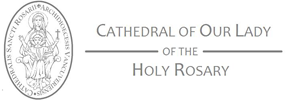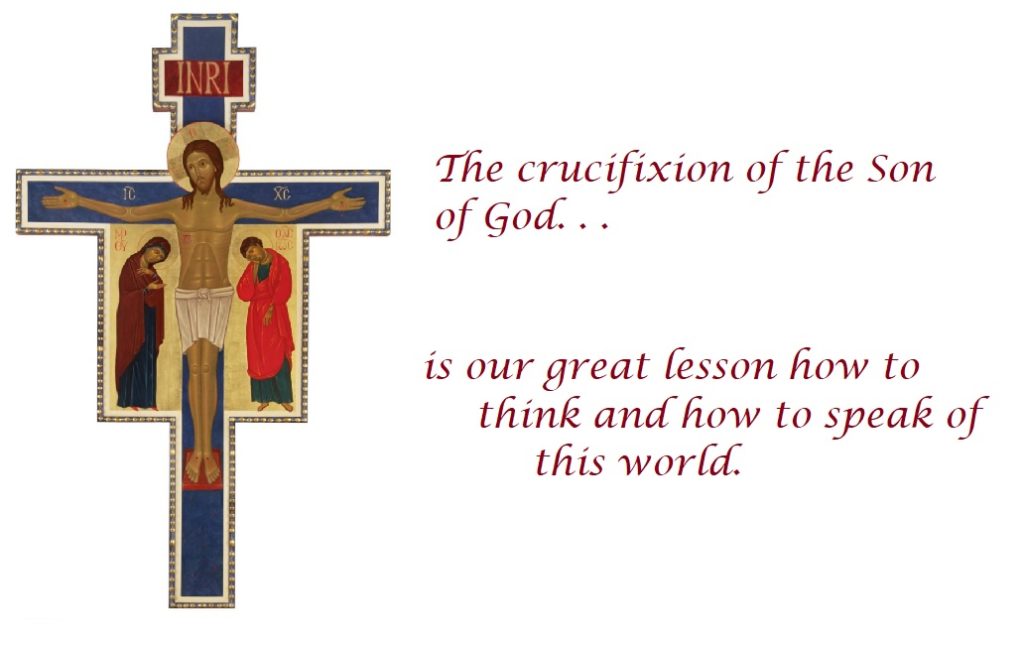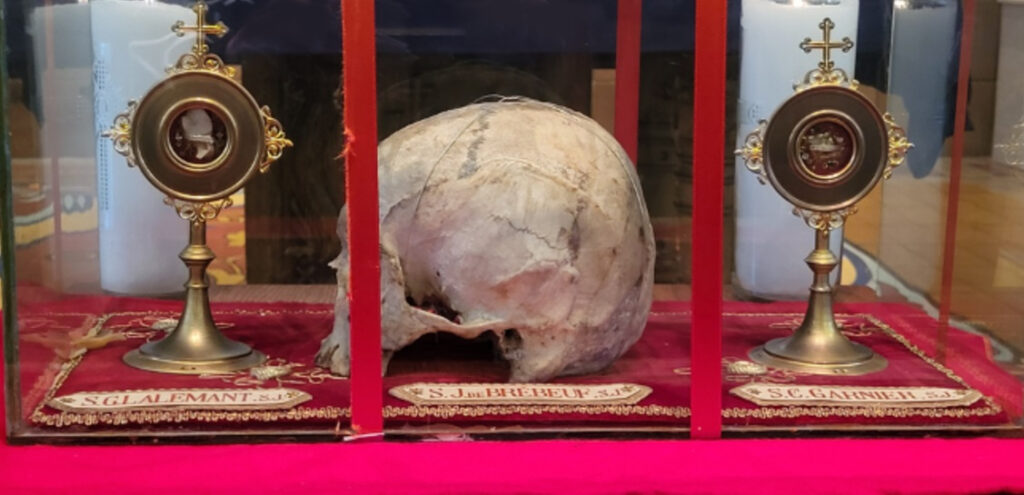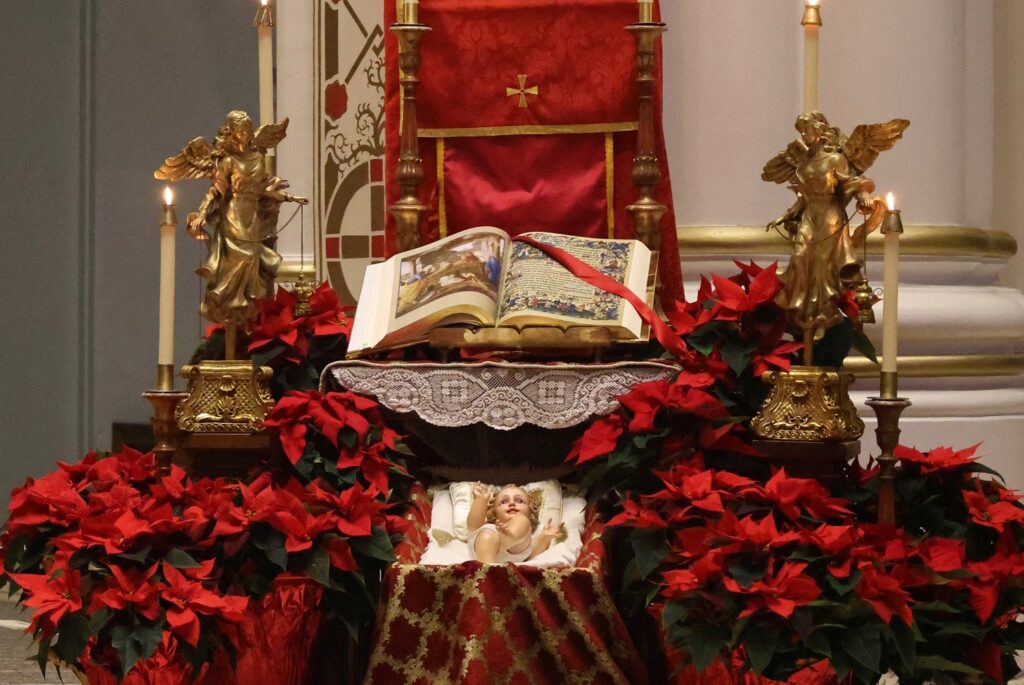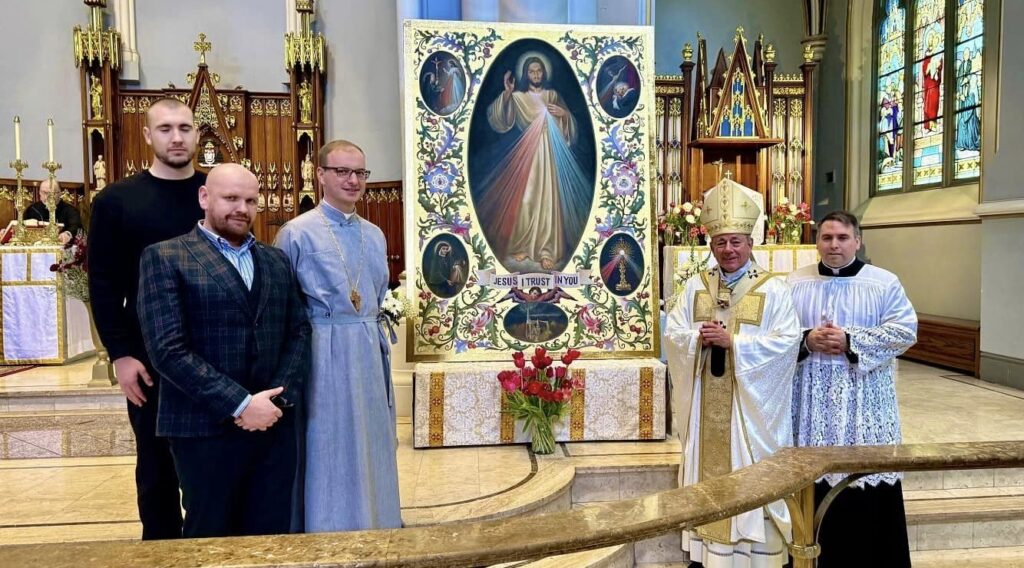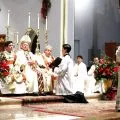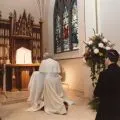With September unfolding now we have many wonderful events in the Liturgical calendar. Two of these are the Feast of the Exaltation of the Cross on September 14 and the Memorial of Our Lady of Sorrows on September 15.
Devotion to the Holy Cross in the Liturgy dates back to the fourth century. The texts of the Mass teach about the Cross as the instrument of our salvation. Adam and Eve sinned by the tree in the garden. God has undone that sin and redeemed all of us by the tree of the Cross of Jesus Christ.
Blessed Cardinal Newman wrote this about the cross of Christ:
“what is the Christian interpretation of this world? What is given us by Revelation to estimate and measure this world by? It is the crucifixion of the Son of God. . . which is our great lesson how to think and how to speak of this world.
His Cross has put its due value upon everything which we see, upon all fortunes, all advantages, all ranks, all dignities, all pleasures; upon the lust of the flesh, and the lust of the eyes, and the pride of life. It has set a price upon the excitements, the rivalries, the hopes, the fears, the desires, the efforts, the triumphs of mortal man. It is given a meaning to the various shifting course, the trials, the temptations, the sufferings of the human condition. It has brought together and made consistent all that seemed discordant and aimless. It has taught us how to live, how to use this world, what to expect, what to desire, and what to hope. It is the tone into which all the strains of the world’s music are ultimately to be resolved.”
Immediately after the Exaltation of the Cross, the Liturgical calendar focuses on the Memorial of Our Lady of Sorrows. The Church wants to remind us of the special union of suffering that Mary shared with her Son on Calvary. This memorial has been in the Church calendar since the fourteenth century.
When we face burdens and trials we are encouraged to ask for Mary’s help and relief. Pope St John Paul II said: “she knows our sorrows well, because she too suffered from the time of Bethlehem to Calvary. . . Mary consoles us above all by pointing out to us Christ crucified and his (promises) of paradise. . .”
